energy effecient windows for northern states and rebate
rebhoward
14 years ago
Related Stories

GREAT HOME PROJECTSUpgrade Your Windows for Beauty, Comfort and Big Energy Savings
Bid drafts or stuffiness farewell and say hello to lower utility bills with new, energy-efficient windows
Full Story
GREEN BUILDINGHouzz Tour: See a Maine House With a $240 Annual Energy Bill
Airtight and powered by the sun, this energy-efficient home in a cold-winter climate is an architectural feat
Full Story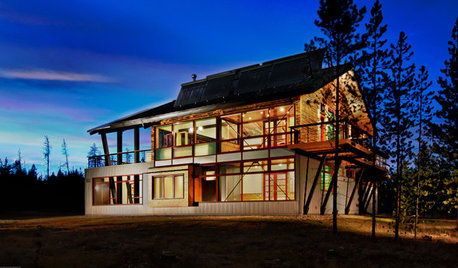
GREEN BUILDINGZero Net Energy: A Hardworking-House Term to Know
Homes that consume only as much energy as they produce by renewable means are a goal for builders. Learn what ZNE means for you
Full Story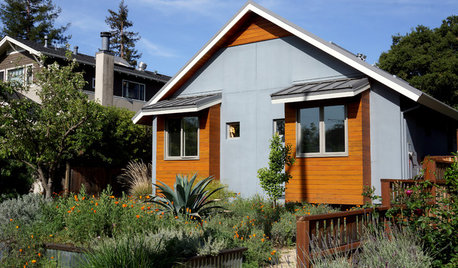
CONTEMPORARY HOMESMy Houzz: Living Simply and Thoughtfully in Northern California
Togetherness and an earth-friendly home are high priorities for a Palo Alto family
Full Story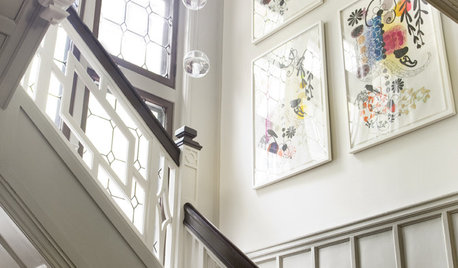
REMODELING GUIDESBoost Your Energy With Natural Light
Abundant natural light saves electrical energy and can lower energy bills, but the best benefit may be to your own energy and spirit
Full Story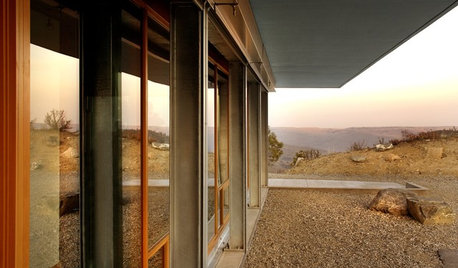
GREEN BUILDINGOff the Grid: Siting and Building to Conserve Energy
Look to low-tech solutions for big energy savings when you’re constructing a home
Full Story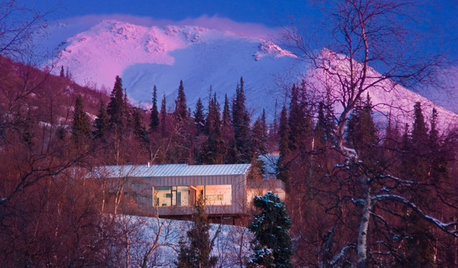
ARCHITECTUREStates of Style: The Alaskan Frontier
All isn’t raw and rustic in this frontier state. See how nature’s influence meets eclectic style in Alaskan homes
Full Story
CONTRACTOR TIPSBuilding Permits: What to Know About Green Building and Energy Codes
In Part 4 of our series examining the residential permit process, we review typical green building and energy code requirements
Full Story
GREEN BUILDINGHouzz Tour: See a Concrete House With a $0 Energy Bill
Passive House principles and universal design elements result in a home that’ll work efficiently for the long haul
Full Story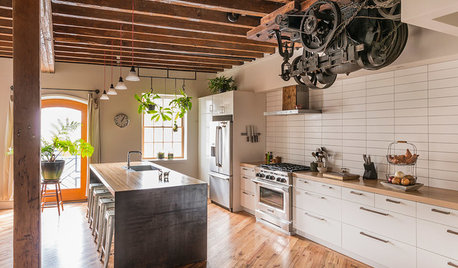
GREEN BUILDINGHouzz Tour: Pickle Factory Now an Energy-Wise Live-Work Space
A charming but poorly insulated 1880s Philadelphia commercial building becomes a spacious energy-efficient home and studio
Full StoryMore Discussions






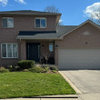
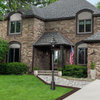
galefarm
anthropos
Related Professionals
Mokena Window Contractors · Ocean Pines Window Contractors · Tamiami Window Contractors · St. Louis Window Contractors · Lake Elsinore Interior Designers & Decorators · Anchorage General Contractors · Gary General Contractors · Hampton General Contractors · Hanford General Contractors · New Braunfels General Contractors · Noblesville General Contractors · Norwell General Contractors · Concord Carpenters · Poway Carpenters · San Mateo Carpentersskydawggy
Windows on Washington Ltd
oberon476